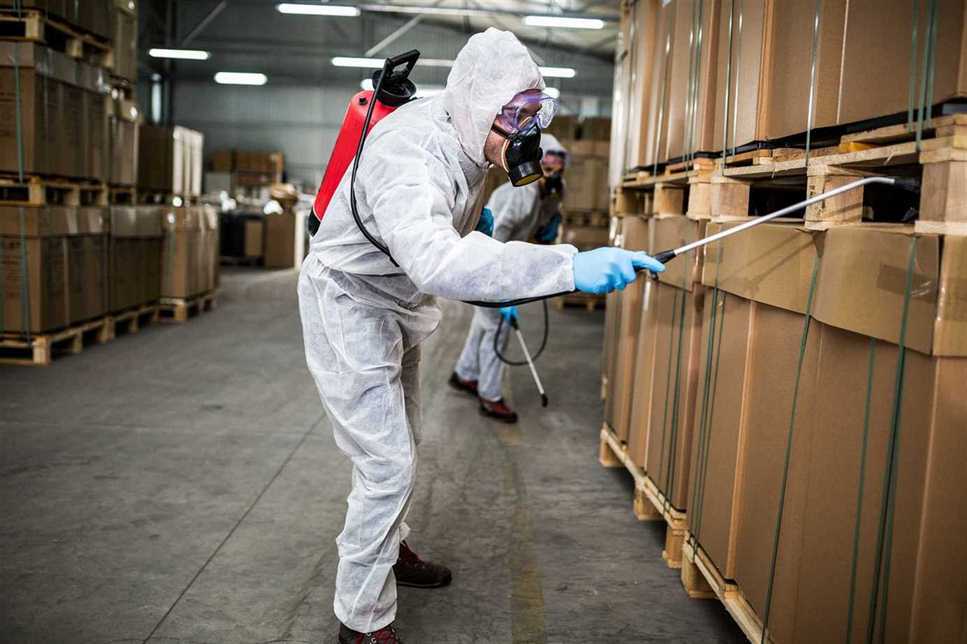
When people think about pest control, a lot of the focus is on pest control for the home, or for commercial spaces. There’s no doubt that finding a mouse in your house can be a bit disconcerting, and that it’s even worse to find rodents in your kitchen; you be shut down for health violations! These concerns are valid, but there’s a third concern people don’t often think of - unless they work in goods-producing industries, like farming, fishing, forestry, or food and beverage manufacturing. That’s the post-harvest, post-manufacturing loss of goods as a result of pests in warehouses, especially relevant in Winnipeg and Manitoba, given our status as an agricultural hub.
All kinds of pests can wreak havoc in warehouses; rodents contaminating goods with feces and urine, insects devouring stock from food to paper to wood. Industrial pest control is an important part of loss prevention in all kinds of different industries, and much of it must take place in the various warehouses in which you store your goods before they get to market. In fact, the Canadian Food Inspection Agency (CFIA) has specific guidelines about what you should do to control pests, given their mandate of protecting Canadians from contaminated foodstuffs. There are a variety of strategies we can use to protect your warehouse from pests; monitoring, control, and management are the three categories we’ll look at today.
The first step to preventing losses in your warehouse is monitoring what pest activity is occurring. You may know you’re losing stock to pests, but unsure of what they are and where they’re coming from. To help with this, we’ll install state-of-the-art surveillance equipment throughout your warehouse to find the pests that are creating losses. This is a tricky job because the pests could be rodents, insects or birds; that means they’re coming from all angles. From motion sensors to cameras, we’ll find them.
The second step is control; once we know which pests are causing problems, we can employ a variety of effective deterrent and elimination strategies in order to get rid of the pests. This might be baited traps for rodents, electric traps for insects, and cleaning out the rafters and roofing to get rid of nesting areas for birds. This will be followed by deterrent strategies that might include placing appropriate screens over vents, and covering floor drains so critters can’t climb up.
The last step is management; once we know exactly what pests are causing problems, we can help you develop best practices in order to reduce losses. Some of the strategies we might employ are first in, first out stock rotation, repositioning vulnerable stock items to make them less accessible to pests, and reimagining how your warehouse is laid out in order to reduce the number of hiding places for pests, as well as increasing their visibility. Best practices, including training employees to close all doors and windows that could allow pests to enter, and ensuring they don’t eat food on the warehouse floor, will be discussed. Other techniques we might go over include how the flooring and walls should be coloured to make pest detection easier, and where things like lunchrooms and freezers are best positioned.


